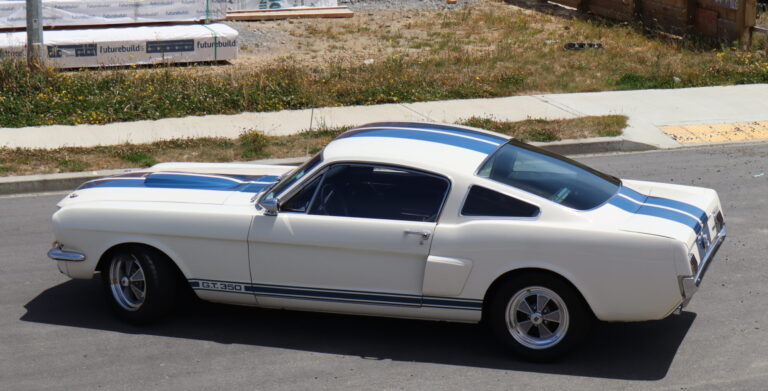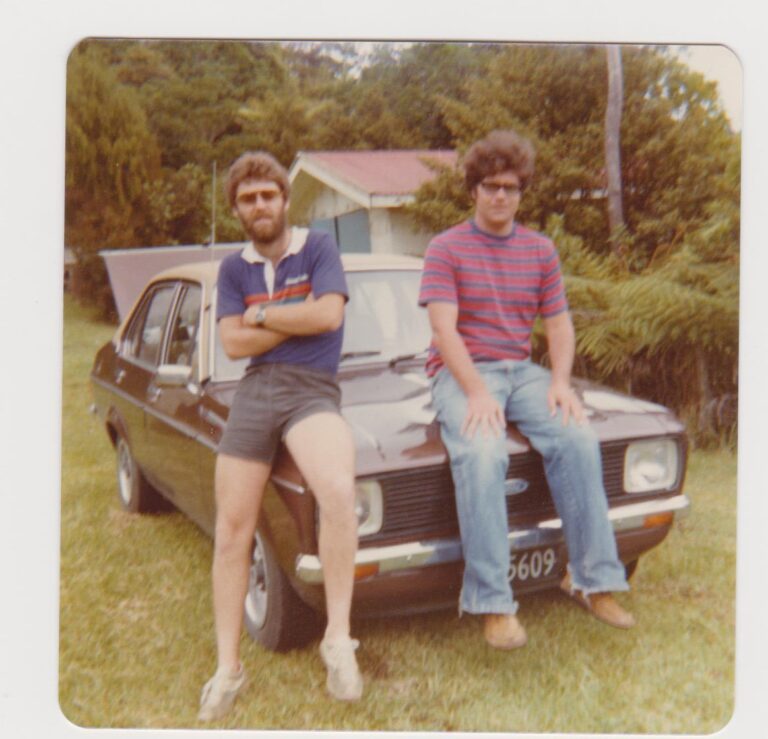The head of the Meguiar’s car-care empire, Barry Meguiar, and his Car Crazy film crew are headed to the Repco Beach Hop to film two very special episodes of Car Crazy TV. With Beach Hop being known as New Zealand’s premier car event, the Meguiars Car Crazy crew will spend three days capturing the cars, people, and scenery to broadcast to a global audience.
Car Crazy TV is viewed by over 27 million households in over 60 countries including Mexico, Central America, South America, Spain, Portugal, England, Ireland, Scotland, Wales, China, Japan, India, and Australia; it’s a great way to showcase our local scene to such a huge audience.
With such a packed schedule, Barry generally only visits a country once, but after filming in New Zealand a few years back he loved it so much he vowed to return — and Beach Hop 15 was the perfect occasion.
Car Crazy TV showcases celebrity guests, rare automotive collections, car shows and events that have never before been televised to an international crowd. Host Barry Meguiar’s quest is to showcase the people behind the car hobby, by embedding himself into real ‘car guy’ experiences in each episode.
The car hobby is over 100 years old; it’s a passion of one generation, which is passed on to subsequent generations, and this hobby is truly one activity that the whole family can participate in. The Meguiar’s family had a passion for great-looking cars. His family roots go back to 1901 when Barry’s grandfather started a polish company when the car hobby was in its earliest stages. Barry’s whole life has been spent loving and caring for cars; his passion for expanding the car hobby has seen him travel the world unraveling the hidden gems of the automotive realm, exploring museums, and supporting car clubs and events. His passion has developed a central hub for car enthusiasts worldwide through Car Crazy TV, Car Crazy Radio, and the website carcrazycentral.com.
Make sure you’re at Beach Hop during March 25–29 to see Barry and the crew hard at work. We’ve also heard the local Meguiar’s crew may have a few competitions running at the event, as well as their usual event-only deals, so pop in to the Meguiar’s stand to find out more.


